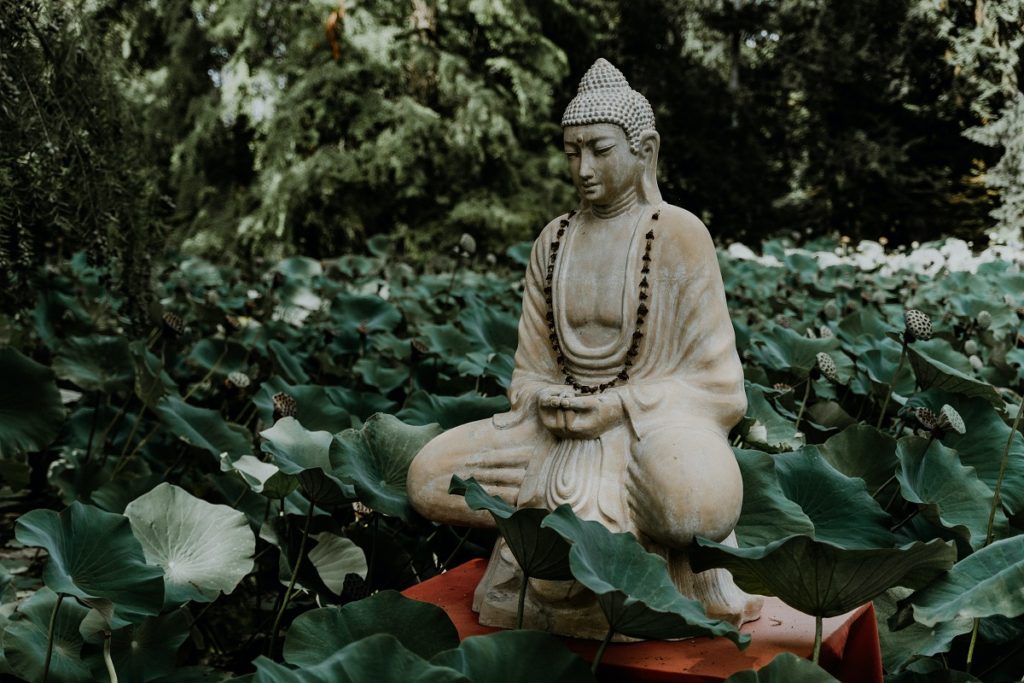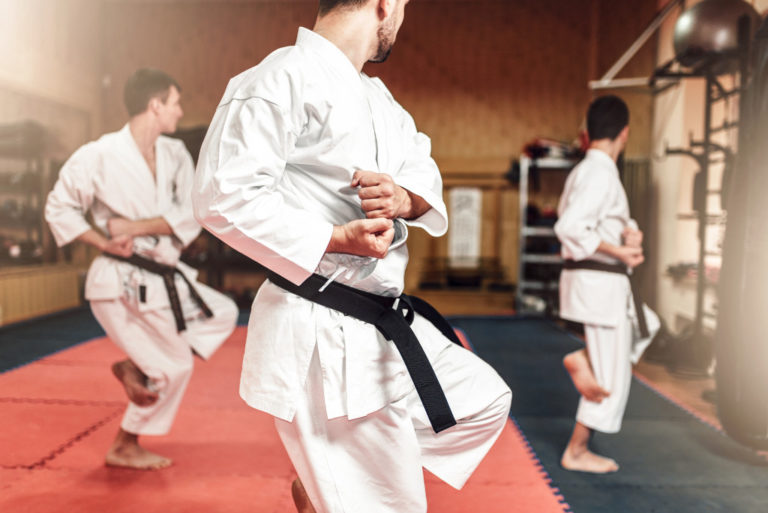When it came to Asian religions, more often than not, our first thought would be Buddhism. And that makes sense because the religion originated in India. Through the centuries, it has spread to Southeast Asia, Korea, Japan, and even China. It’s been playing a vital role in people’s daily lives, spiritual beliefs, and culture.
Much like other religions, Buddhism also played a huge part in our art throughout history. The main subject is, of course, the Buddha himself. Sometimes, his images are clad in a monastic robe. Other times, he’s depicted as a bodhisattva, looking regal and princely, right before he achieved enlightenment. Buddhist art, since then, has evolved into so much more than the Buddha himself.
But what many people don’t always realize is that the link between Buddhism and art doesn’t have to be traditional depictions of the Buddha. Instead, we can acknowledge how Buddhism has impacted various artists through the years and how it can still teach many things to artists today. Here’s how Buddhist principles have been influencing contemporary art.
The Value of Impermanence
We can do many ways to try to understand Buddhism. We can start with researching the religion itself. And then, we can expand our studies by researching unknown facts about Buddha. But if we really want to truly understand religion, we can start with one belief. And that is the belief that nothing is permanent. Because everything is subject to change, this is how we can realize the value in life.
If there’s one thing that artists grapple with, philosophically-speaking, it’s the struggle between capturing an image or idea and cementing it through art. If they see a beautiful sunset, they capture that beauty by taking a picture of or painting the view before it inevitably passes after a few short minutes.
By believing that nothing is permanent in life, artists would be more encouraged to capture life through their craft. And that is how they will always be motivated to create art and make a living.

How Meditation Impacts Their Mindsets as Artists
Meditation does many things for a person. For instance, it helps them manage their thoughts and emotions. It keeps everything balanced instead of letting such things overwhelm them. By ensuring that they feel calm and happy, they will be more refreshed and ready to face a busy day at work or socialize with their friends and families.
But for artists, meditation is extremely beneficial to their craft. According to Buddhism, meditation can lead to these states of mind: calmness and concentration. And these states of mind are rooted in six forces: hearing, pondering, awareness, mindfulness, effort, and intimacy. By mastering these states of mind, artists will develop focus and dedication, which are necessary to create impactful artworks.
Yes, creating art stems from skills, practice, and talent. But it’s fueled by focus and dedication. Thus, artists must be able to have such qualities in their arsenal all the time.
The Effects of Karma and Dedication to Morality
In Buddhism, karma is rooted in every decision and action that individuals take. The basic belief is that good intention brings in good fortune. And by fortune, Buddhists don’t just mean wealth. Instead, they mean pleasant and happy results in general — no matter how each individual interprets them. By believing in karma, artists would develop the need to use their art for good. They would not just be creating art for art’s sake. Instead, they would make sure that their art would have a higher purpose.
That higher purpose could also be interpreted in many ways. But the most significant way is the use of art for a social cause. Artworks, then, could help depict the state of society and bring attention to the issues that ought to be solved. They could also be used to help raise funds for those in need of shelter, livelihood support, education, etc.
This is, arguably, the most important lesson that Buddhists can teach artists. It’s ensuring that art will not just exist in a vacuum, capturing images of nature and society but without doing anything else. It’s making that art will lead to good and impactful results for people.
Buddhism is only one of the many religions influencing artists’ skills, mindsets, and beliefs. But its unique lessons lead to art that captures the life and leads to transformational results for people. No matter what artists do — painting, music, sculpture, graphic design, etc. — the teachings of the Buddha can always influence them. After all, they didn’t prevail throughout centuries for no reason.












